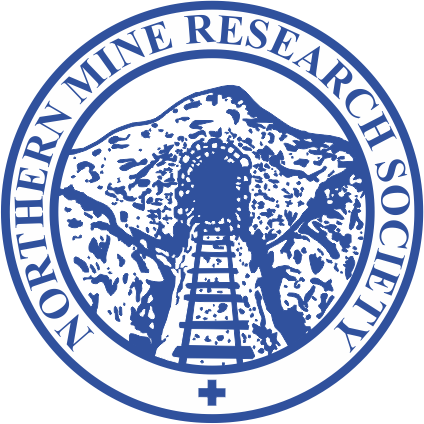Aitken Pit, (Kelty No. 6), Kelty, the first sod of the Fife Coal Company’s Aitken Colliery was cut on 24th March 1893. The pit was about 1,100 yards northeast of the Lindsay Colliery and was named after the company chairman, Thomas Aitken of Nivingston, and was accompanied by much celebrating and drinking of toasts. Proper sinking began in July, and a single, rectangular, timber-lined shaft, topped with brick, was sunk to the Dunfermline Splint seam at 207 fathoms. A level mine, driven from the Lindsay, linked the two pits together and satisfied the legal requirement for all pits to have two means of escape. The number of persons employed at the Colliery was eventually to reach 1,427. The pit was sunk to the Dunfermline Splint in 1897, and the Splint Five-Foot seam is the Navigation coal, which was the first discovery of Navigation coal in Scotland.
Three years before the pit shut, it employed 857 men below ground and 190 surface workers mining the Blaes, Jersey, Lochgelly Splint, Five Foot, Mynheer, and Dunfermline Splint. This Pit had a system of ventilation partly in common with Cowdenbeath Nos. 7 and 10 Pits and Mossbeath. In 1899, a fire broke out in the engine house, which spread to the haulage and screening houses. Prompt action stopped the cage from falling down the shaft while the men in the pit escaped through the Lindsay.
After the First World War, surface installations and the washery were reconstructed, and a new No. 2 shaft was sunk to 95 fathoms. A power station was also built and it was the largest colliery station in Scotland at that time, supplying electricity to the company’s pits. One of the main seams worked at the Aitken Pit was the Glassee (Glass eye), which was the best coal found at the Pit at around 160 fathoms. The Glassee seam was 4.5 feet (1.37 metres) thick. In 1956, the Aitken Colliery employed 1,163 underground workers and had an output of some 421,000 tons per year.
Return to previous page

